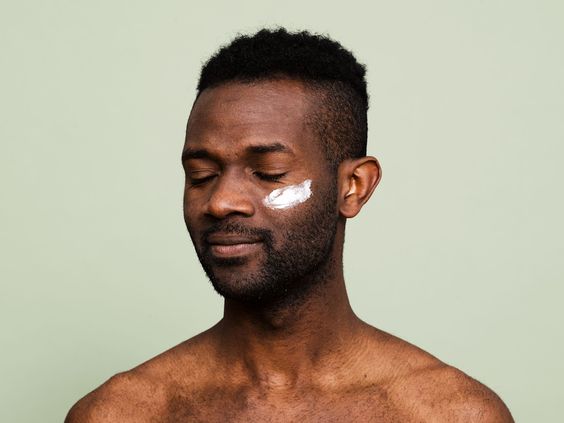Introduction
An ingrown hair occurs when a hair curls back or grows sideways into the skin instead of growing outward. This can cause inflammation, pain, and sometimes infection. Ingrown hairs are a common condition, especially for people with curly or coarse hair. They can occur anywhere on the body where hair grows, but they are most common in areas where hair is shaved or removed, such as the face, legs, armpits, and bikini area.

Ingrown hairs often appear as small, red bumps that may resemble pimples or blisters. They can be itchy or painful, and sometimes pus may be present. If an ingrown hair becomes infected, it can become larger and more painful, and the surrounding skin may become red and swollen.
What Causes Ingrown Hairs?
Several factors can contribute to the development of ingrown hairs:
- Shaving: Shaving too closely or using dull razors can cut hairs at an angle, making them more likely to curl back into the skin.
- Waxing: Waxing can also cause hairs to break off at the surface, increasing the risk of them becoming ingrown.
- Tight Clothing: Tight clothing can trap hairs and force them to grow inward.
- Clogged Hair Follicles: Dead skin cells and oils can clog hair follicles, making it difficult for hairs to grow outward.
- Curly Hair: People with curly hair are more prone to ingrown hairs because the hairs are naturally more likely to curl back into the skin.
Treatment and Prevention
Fortunately, there are steps you can take to treat and prevent ingrown hairs:
- Avoid Shaving the Affected Area: Give your skin a break from shaving to allow the hair to grow out freely.
- Warm Compress: Applying a warm compress can help soften the skin and encourage the hair to grow out.
- Exfoliate Regularly: Gently exfoliating the affected area with a scrub or washcloth can help remove dead skin cells and unclog hair follicles.
- Topical Medications: Over-the-counter creams or ointments containing benzoyl peroxide or salicylic acid can help reduce inflammation and fight infection.
- Proper Shaving Techniques: Use a sharp razor and shave in the direction of hair growth to minimize the risk of ingrown hairs.
- Laser Hair Removal: For a more permanent solution, laser hair removal can target hair follicles and reduce hair growth over time.
If you have a painful or infected ingrown hair, consult with a healthcare professional. They can properly diagnose the condition and recommend the appropriate treatment, which may include prescription medications or procedures to drain the infected area.

.jpg)